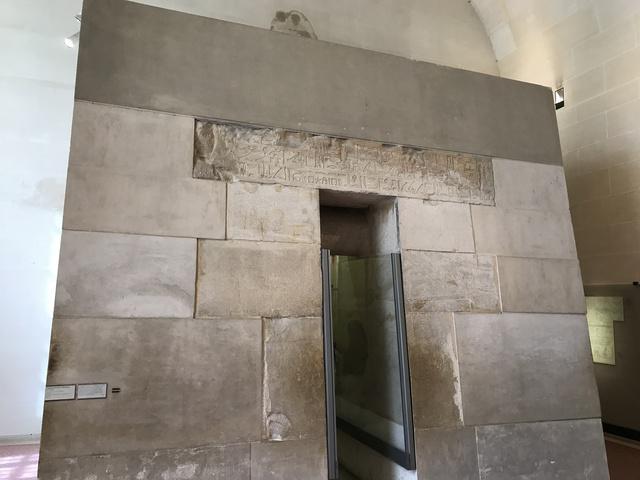Akhethetep Chapel

The mastaba chapel of Akhethetep was rebuilt in the Louvre in 1903. The mastaba, or 'bank' in Arabic, is the massive building built on the vault where the deceased were buried. This type of burial was intended for the great dignitaries of the Old Kingdom and close to the king. Inside the mastaba, the chapel welcomed the family and the priests came to leave food, drinks and recite prayers to assure the deceased a comfortable eternity.
To enter this chapel is to change the temporal moment and feel in ancient Egypt. Imagine being part of the family and coming to see your ancestor to honor him to eternal life.
The sand, the weather and the wind of the desert have removed all traces of Akhethetep. The limestone blocks carved in bas-relief were mounted in the museum. The slightly sloping exterior cladding gives an idea of the general shape of the original monument.
In decoration, images and inscriptions are linked; the fixed image gives more power to the texts, especially to the formula of offering that summarizes the wishes of the deceased: to have a beautiful burial, a funeral food secured by eternity and the ability to go where the protection of the Great God. These desires are illustrated by the decoration of the chapel in which, when entering the lintel and in the passage of the stone roller, the names and titles of the deceased, owner of the grave are inscribed to indicate who is the beneficiary.
© Tourblink